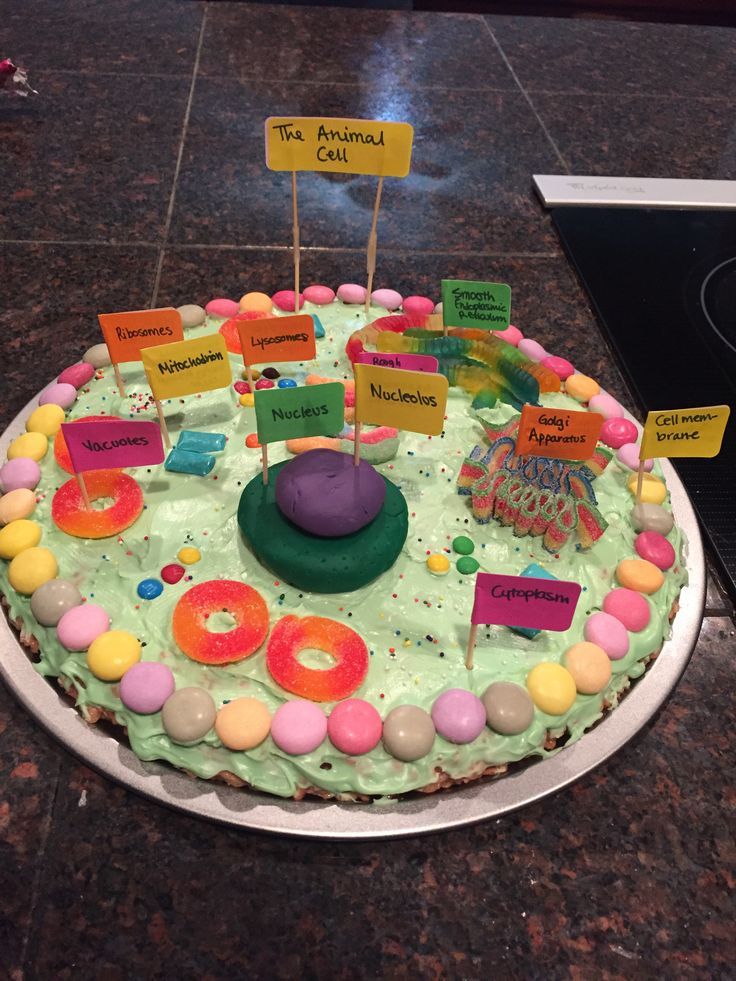Engaging students in hands-on learning activities can make a significant impact on their understanding and retention of complex subjects such as biology. One popular and effective activity for teaching students about the structure of an animal cell is the “Animal Cell Food Project.” This activity not only allows students to visually and kinesthetically experience the components of an animal cell but also provides a fun and interactive way to learn about the functions of each cell organelle.
What is the Animal Cell Food Project?
The Animal Cell Food Project is a creative and engaging way for students to build an edible model of an animal cell using various food items to represent different organelles within the cell. By utilizing a variety of edible materials, students can construct a three-dimensional representation of an animal cell and gain a better understanding of its structure and function.
Materials Required for the Animal Cell Food Project
To conduct the Animal Cell Food Project, a set of materials is required to represent the different organelles of an animal cell. The following is a list of materials that can be used for this project:
| Organelle | Food Item |
|---|---|
| Cell Membrane | Fruit Roll-up |
| Cytoplasm | Jell-O or pudding |
| Nucleus | Grapes or cherry tomato |
| Endoplasmic Reticulum | Fruit leather strips |
| Ribosomes | Sprinkles or small candies |
| Mitochondria | Mini marshmallows |
| Golgi Apparatus | Fruit gummies |
| Vacuole | Fruit chunks or candies |
| Lysosome | Chocolate chips |
These food items can be easily sourced from a grocery store, and the variety allows for creativity and flexibility in constructing the animal cell model.

Credit: themodernteacher.com
Step-by-Step Guide to Creating an Animal Cell Model
Once the materials are gathered, students can follow these simple steps to construct their edible animal cell model:
- Prepare the Base: Spread a layer of Jell-O or pudding (cytoplasm) on a disposable plate or tray to serve as the base of the animal cell model.
- Add the Cell Membrane: Wrap a fruit roll-up around the outer edge of the Jell-O or pudding to represent the cell membrane.
- Place the Organelles: Position the various food items at appropriate locations on the base to represent the nucleus, endoplasmic reticulum, ribosomes, mitochondria, Golgi apparatus, vacuole, and lysosome.
- Label the Organelles: Using toothpicks or small pieces of paper, label each organelle to reinforce the identification and understanding of their functions.
Through this process, students can visually and physically engage with the components of an animal cell, enhancing their comprehension of cellular biology.
Educational Benefits of the Animal Cell Food Project
The Animal Cell Food Project offers various educational benefits for students:
- Hands-On Learning: Building an edible animal cell model provides a hands-on approach to learning, which can enhance retention and understanding of the subject matter.
- Visual and Kinesthetic Learning: By creating a three-dimensional model, students can visualize and touch the different organelles, catering to visual and kinesthetic learning styles.
- Understanding Organelle Functions: Assigning specific food items to represent each organelle encourages students to learn and understand the functions of these cellular components.
- Promoting Creativity: The variety of food items allows for creativity in constructing the model, fostering imaginative thinking and innovation.
- Engagement and Enjoyment: The interactive and enjoyable nature of this activity can increase student engagement and interest in the topic.
Frequently Asked Questions Of Animal Cell Food Project
What Are The Key Components Of An Animal Cell?
The key components of an animal cell include the nucleus, mitochondria, endoplasmic reticulum, and Golgi apparatus.
How Does An Animal Cell Differ From A Plant Cell?
Animal cells lack a cell wall and chloroplasts, which are present in plant cells. They also have a rounder shape.
What Is The Main Function Of The Animal Cell Membrane?
The animal cell membrane regulates the passage of substances in and out of the cell and maintains its shape.
Can You Explain The Role Of Mitochondria In An Animal Cell?
Mitochondria are responsible for producing the energy currency of the cell, known as ATP, through cellular respiration.
Conclusion
The Animal Cell Food Project is a valuable educational activity that combines creativity, hands-on learning, and fun to teach students about the structure and function of an animal cell. By utilizing edible materials to build a model, students can actively participate in the learning process and gain a deeper understanding of cellular biology. This interactive activity not only enhances academic knowledge but also creates lasting memories and a positive learning experience for students.

Leave a Reply